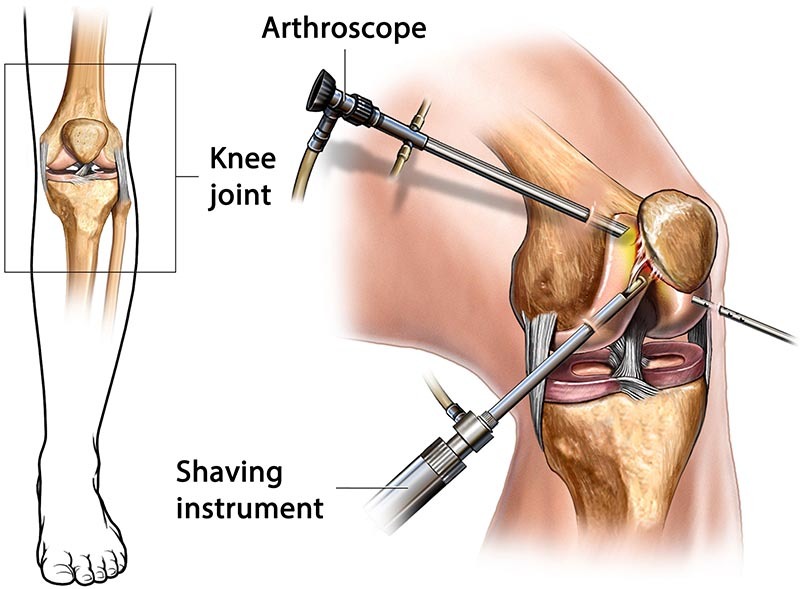How Arthroscopy Surgery Reduces Health Care Costs
If you lead an active life, chances are you will have an injury or two along the way. It can be from sports, traveling, or simply performing everyday activities. Many patients seek medical help for these injuries, and if the pain and discomfort are located in a joint, arthroscopic surgery may be the solution to get them back up and moving which reduces health care costs without a lot of wasted time.

AARCPA Arthroscopic Knee Surgery
In fact, Arthroscopy Surgery often reduces costs, especially health care costs and recovery, allowing the patient to be pain-free and better than ever.
What is Arthroscopy Surgery?
Arthroscopy is an orthopedic surgical procedure that requires the use of an arthroscope to magnify and diagnose joint damage. It is a minimally invasive technology device used for hip, knee, shoulder, and elbow joint issues. For example, arthroscopic surgery is used to treat carpal tunnel syndrome in the wrist.
An arthroscope is the size of a pencil and it has a small lens on one end. It captures the image inside the joint and is then broadcasted on the television within the operating room. The surgeon uses this to detect if there are fractures, bone fragments, torn tendons or ligaments, inflammation, scarring, or loose cartilage.
The orthopedic surgeon is then able to probe, snip, shave, and remove any damaged tissue. Using a clipper, the surgeon trims away any frayed or torn cartilage. A shaver is used to smooth the rough patches, commonly caused by arthritis. The third tube pumps water into the joint to flush out excess liquid and bacteria.
What is the process for Arthroscopy Surgery?
Prior to surgery, the intended area is shaved and washed to prevent infection. An anesthesiologist administers either local or general anesthetic, and the surgeon makes several small incisions around the joint, usually less than 1 cm in length. The arthroscope is inserted, allowing the doctor to treat the joint issue. Arthroscopic surgery usually takes about one hour to perform, and the arthroscope is withdrawn and any residual water is drained.
The incisions are closed with sterile dressings and possibly a few stitches. The anesthesiologist slowly brings the patient back to consciousness. In about three to four hours, the patient can leave the hospital with pain medication, recovery instructions, and crutches in hand.
Complications can include allergic reactions to anesthesia, artery damage, chronic pain, hemorrhaging (excessive bleeding), infection, nerve damage, numbness, and thrombophlebitis (clots in a vein).
How does Arthroscopy Surgery differ from Open Joint Surgery?
This procedure is compared to that of open joint surgery has been a topic of debate between patients and surgeons. Arthroscopy surgery used smaller instruments that cause less damage than open joint surgical equipment.
Patients who opt for open-joint surgery are usually in the hospital longer, with a larger scar, and are using crutches for a longer period of time. Often, this means more cost and time away from work and other activities.
Arthroscopic surgery, on the other hand, has many benefits that reduce cost and time loss. Here are some of those benefits:
- Diagnosis and surgery can both be performed in one procedure
- Faster return to normal activity
- Less pain and discomfort
- Minimal scarring
- Decreased union time
- Reduces costs, especially health care costs
- Out-patient procedure
- Quicker heal time
- Reduced risk of infection and swelling
- Faster mobilization and recovery
- The surgery takes less time and therefore, fewer resources and cost
- Shorter hospital stay, reliable clinical results, and fewer recovery complications


